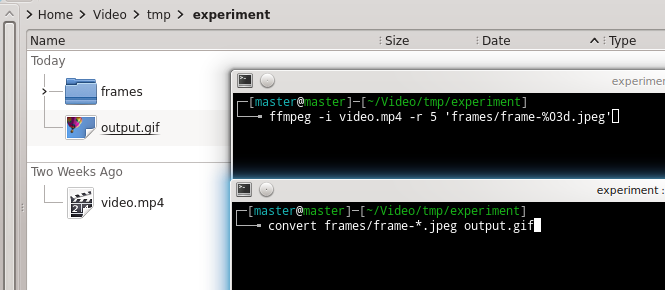

The name of the device to capture has to be an ALSA card identifier. This device allows capturing from an ALSA device. To enable this input device during configuration you need libasound installed on your system. alsaĪLSA (Advanced Linux Sound Architecture) input device. The option "-devices" of the ff* tools will display the list of supported input devices.Ī description of the currently available input devices follows.

You can disable all the input devices using the configure option "-disable-indevs", and selectively enable an input device using the option "-enable-indev= INDEV", or you can disable a particular input device using the option "-disable-indev= INDEV". You can list all available ones using the configure option "-list-indevs". When you configure your FFmpeg build, all the supported input devices are enabled by default. Input devices are configured elements in FFmpeg which enable accessing the data coming from a multimedia device attached to your system. Options may be set by specifying - option value in the FFmpeg tools, or by setting the value explicitly in the device AVFormatContext options or using the libavutil/opt.h API for programmatic use. In addition each input or output device may support so-called private options, which are specific for that component. Namely, an input device is considered like a demuxer, and an output device like a muxer, and the interface and generic device options are the same provided by libavformat (see the ffmpeg-formats manual). The libavdevice library provides the same interface as libavformat. This document describes the input and output devices provided by the libavdevice library.


 0 kommentar(er)
0 kommentar(er)
